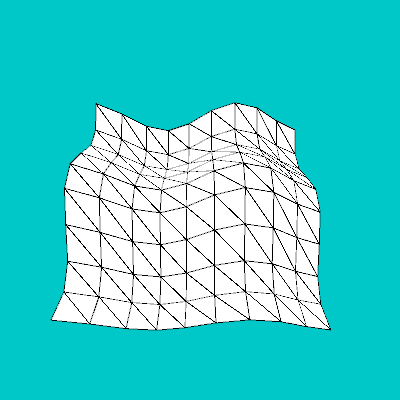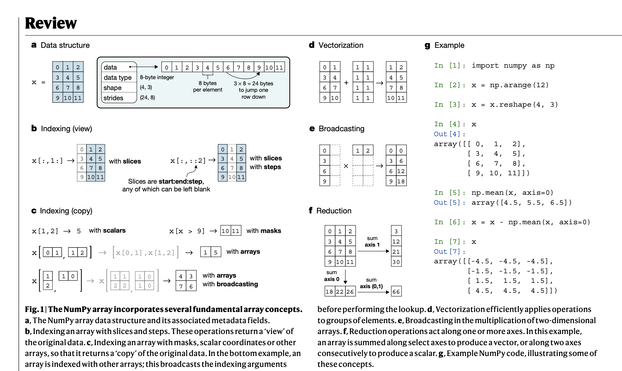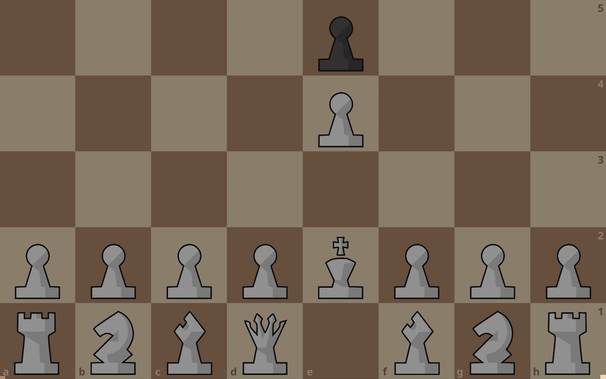Whoever decided that the plural of "zero" is "zeros" and not "zeroes" has caused me no end of trouble when writing numpy code.
More sketch-a-day: https://abav.lugaralgum.com/sketch-a-day
If you like this, support my work:
https://www.paypal.com/donate/?hosted_button_id=5B4MZ78C9J724
https://liberapay.com/Villares
https://wise.com/pay/me/alexandrev562 #Processing #Python #py5 #CreativeCoding
📢 We are pleased to announce the integration of a new stack feature in #Blosc2 🚀, which allows for stacking large arrays along a new axis.
Performance benchmarks show that while aligned chunks yield the best results, #Blosc2 with unaligned chunks can still outperform #NumPy—a welcome discovery! 🎉
Many thanks to Luke Shaw for his excellent work on this new functionality. 🙏
We've updated our recent blog post:
Check it out! 🔗 https://www.blosc.org/posts/blosc2-new-concatenate/#stacking-arrays
More sketch-a-day: https://abav.lugaralgum.com/sketch-a-day
If you like this, support my work:
https://www.paypal.com/donate/?hosted_button_id=5B4MZ78C9J724
https://liberapay.com/Villares
https://wise.com/pay/me/alexandrev562 #Processing #Python #py5 #CreativeCoding
Array programming in Numpy, 25K citations since 2020.
Provocative writing style but an interesting proposal for a better array interface for #Python. If you've ever found yourself hacking `None` into #NumPy array indices to make broadcasting work, you might find this (and the associated "I don't like NumPy") interesting:
(via @nicholdav)
This might be more evidence for my growing feeling that JAX is magical.
Today I was scratching my head why k-means didn't seem to reduce Mean Squared Error. The clustering seemed fine. Is the error computation broken? How can it be when it's so simple:
def compute_mse(a, b):
return np.mean((a-b)**2)
Well, arguments 'a' and 'b' were images with 8 bits per channel, so...
Oh dear, I'm still working on erosion. For quick experimentation, I've even broken out #Python, #Jupyter, #numpy and #matplotlib.
Here's a neat picture showing that something is working a little bit, although I think usually rivers are lower than the surrounding terrain, not higher.
Where will this end?



 Qiita - 人気の記事
Qiita - 人気の記事

